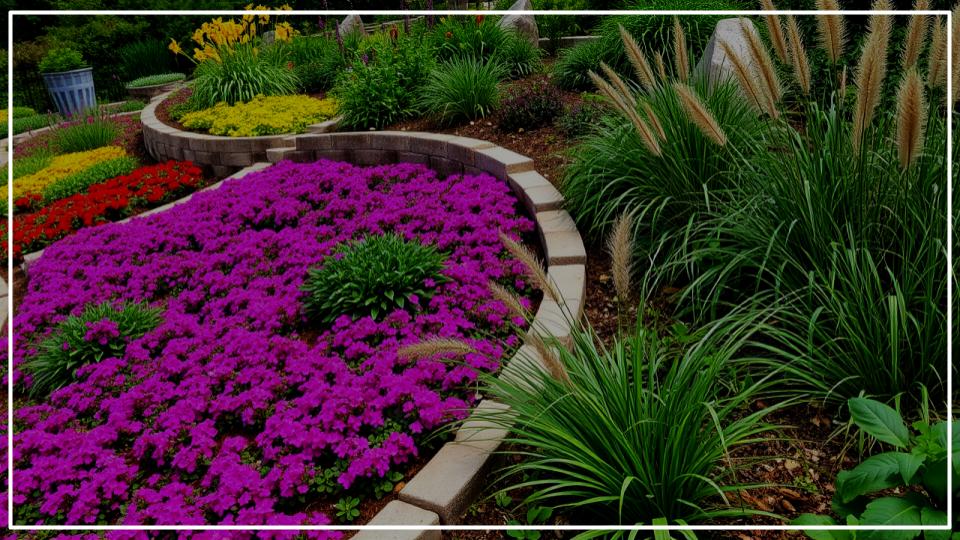
As gardeners, we pour our hearts into coaxing life from the earth. We select the perfect cultivars, we water diligently, and we dream of lush foliage and bountiful harvests. But beneath all this beauty lies our garden’s most precious and often overlooked asset: the soil. Healthy topsoil is a living, breathing ecosystem, and protecting it is the single most important thing we can do for a sustainable, beautiful garden. This is where the magic of soil-saving plants comes in.
This guide will introduce you to 21 indispensable plants that do more than just look pretty. They are the tireless guardians of your garden, working to anchor precious soil, prevent erosion, and even enrich the ground they grow in. Let’s dig into the secrets of creating a garden that is not only stunning but truly resilient from the ground up.
Quick Tips for a Secure Garden
Here are the foundational ideas for protecting your garden’s soil:
- Cover Bare Ground: Think of bare soil as a wound. Use ground covers and mulches to create a protective “skin” against wind and rain.
- Embrace Deep Roots: Select plants with fibrous or tap roots to create an underground web that holds soil particles together, especially on slopes.
- Work with Nature’s Fertilizers: Integrate nitrogen-fixing plants, like clover and legumes, to naturally enrich your soil and reduce the need for additives.
- Plant in Layers: Combine ground covers, perennials, and shrubs to create a multi-level defense against water runoff.
Why Your Garden’s Soil Is Worth Saving
Every time a heavy rain falls, or a strong wind blows, your garden’s topsoil is at risk. This vital layer, rich in organic matter and microbial life, can be washed or blown away in a process called erosion. According to the U.S. Department of Agriculture, protecting the soil surface is a cornerstone of land health. When topsoil is lost, so are the nutrients and structure that your plants depend on to thrive.
In my own garden, I’ve seen firsthand how a bare slope can turn into a muddy rivulet after a summer thunderstorm, carrying away years of compost and hard work. The solution isn’t to build more walls, but to plant smarter. The right plants create a living shield that slows down water, binds the earth with their roots, and helps to improve soil structure for years to come.
The Best Soil-Saving Plants for Every Garden Nook
Choosing the right plant for the right place is the golden rule of gardening, and it’s especially true for soil conservation. Here are 21 beautiful and hardworking plants, categorized by how they work their magic.
The Unsung Heroes: Ground Cover Plants
These low-growing champions form a dense mat over the soil, acting as a living mulch. They are your first line of defense for preventing soil erosion, especially on gentle slopes, under trees, or along pathways.
Ajuga reptans (Bugleweed):
Forms a glossy, dense carpet with lovely blue flower spikes. Its runners quickly fill in bare spots. I love the dark-leafed varieties like ‘Black Scallop’ for dramatic contrast.

Phlox subulata (Creeping Phlox):
An absolute showstopper in spring, this plant covers hillsides in a breathtaking blanket of pink, purple, or white flowers. Its dense, mat-forming habit is superb for locking down soil.
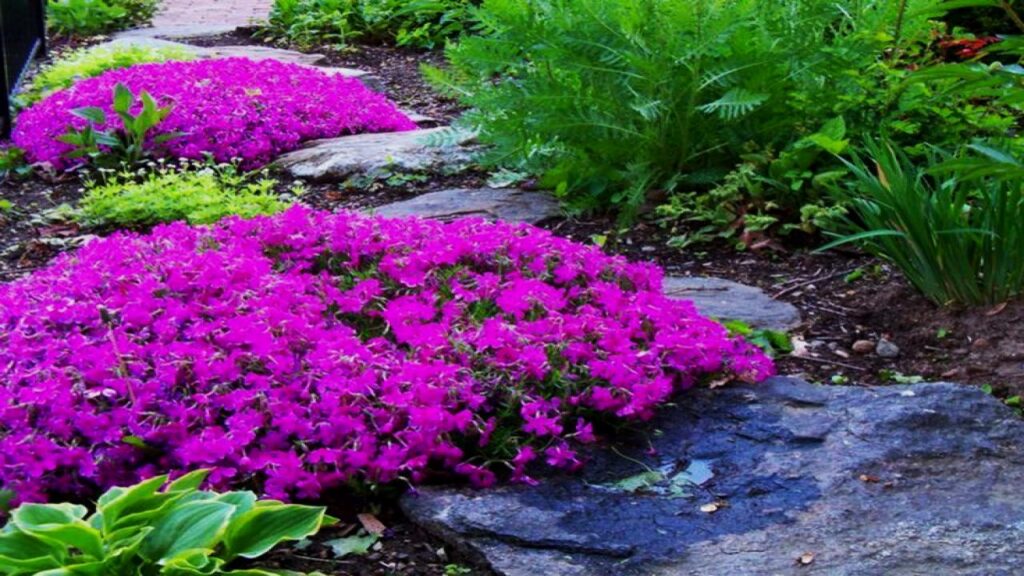
Thymus serpyllum (Creeping Thyme):
This fragrant herb is incredibly tough and drought-tolerant once established. It’s perfect for sunny, rocky areas and releases a beautiful scent when walked upon.
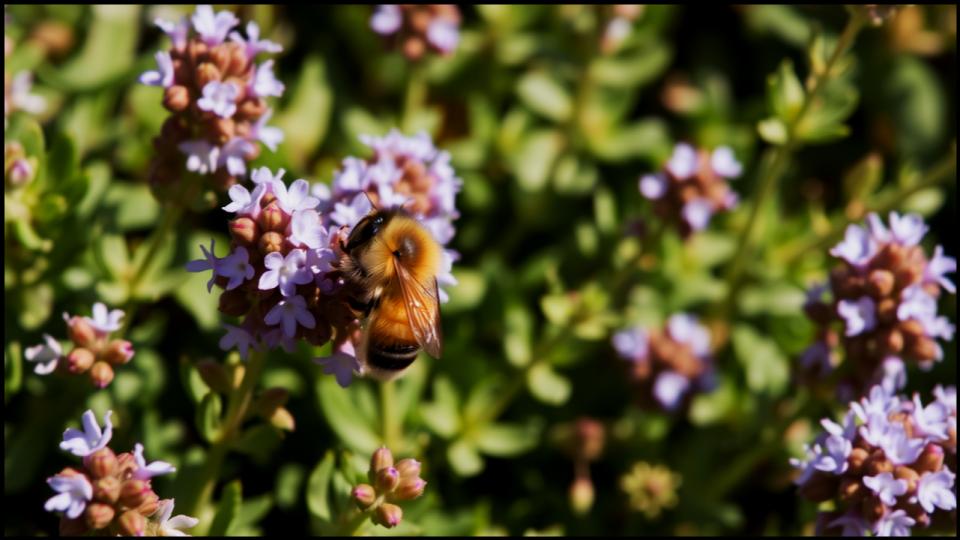
Sedum rupestre ‘Angelina’ (Stonecrop):
With its chartreuse, needle-like foliage, this succulent ground cover is both heat-tolerant and fast-spreading, making it ideal for hot, dry banks.
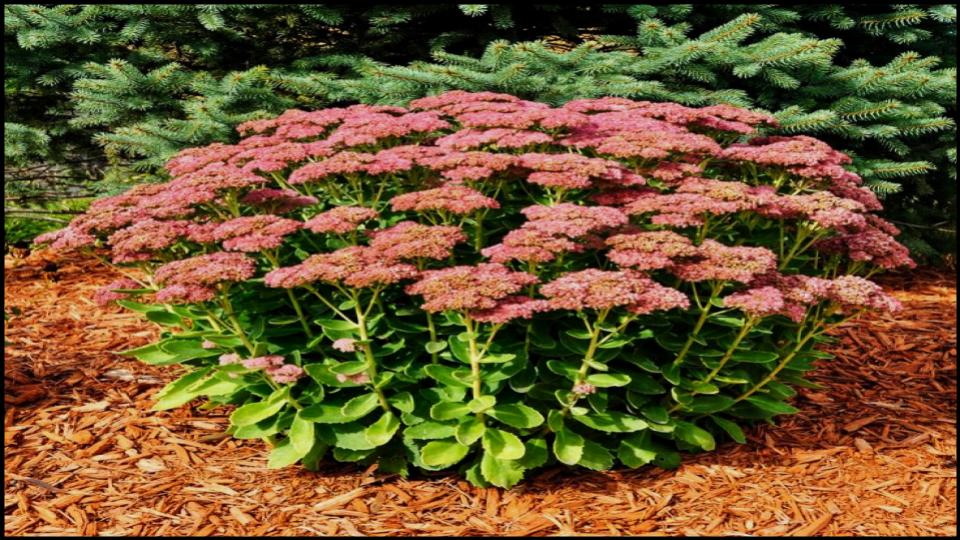
Pachysandra terminalis (Japanese Spurge):
For those tricky shady spots, Pachysandra offers a lush, evergreen solution, creating a uniform, elegant carpet where little else will grow.
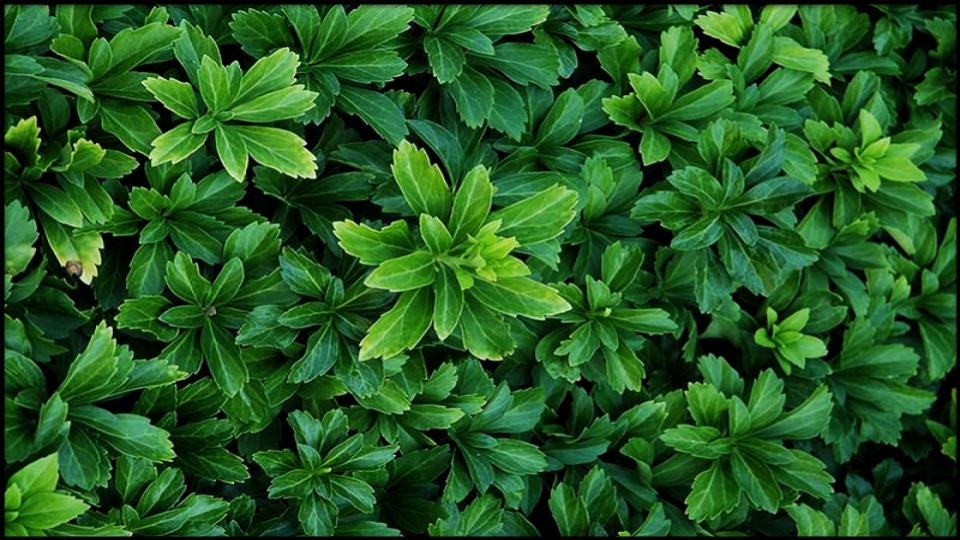
Vinca minor (Periwinkle):
A classic choice for a reason, its trailing stems root as they go, creating a secure and beautiful ground cover with charming blue or white flowers.
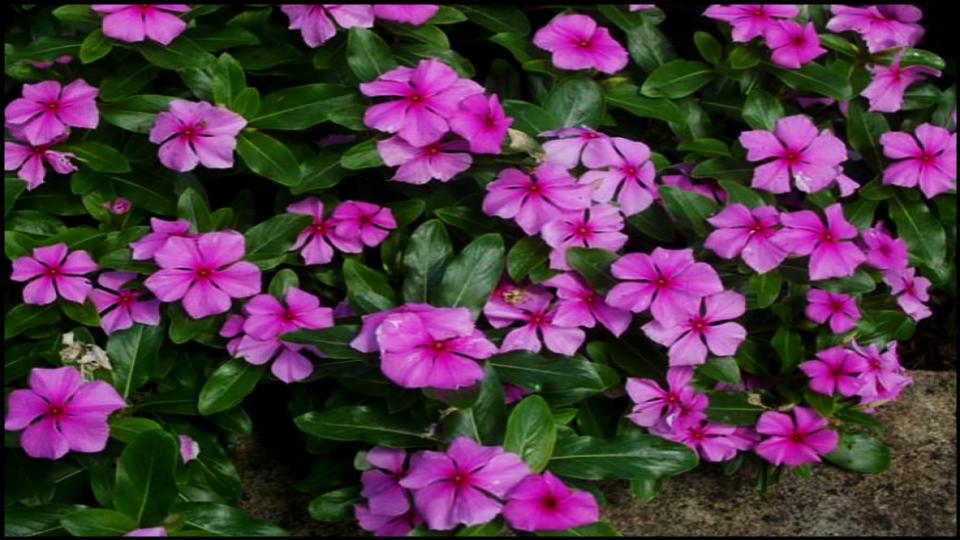
Deep-Rooted Anchors to Improve Soil Structure
These perennials and grasses are the structural engineers of the garden. Their extensive, deep roots—some reaching several feet down—create channels that improve water infiltration and break up compacted clay soil.
Panicum virgatum (Switchgrass):
This native prairie grass is a powerhouse. Its fibrous roots can grow incredibly deep, anchoring the soil firmly in place. Cultivars like ‘Northwind’ offer a stunning vertical accent.
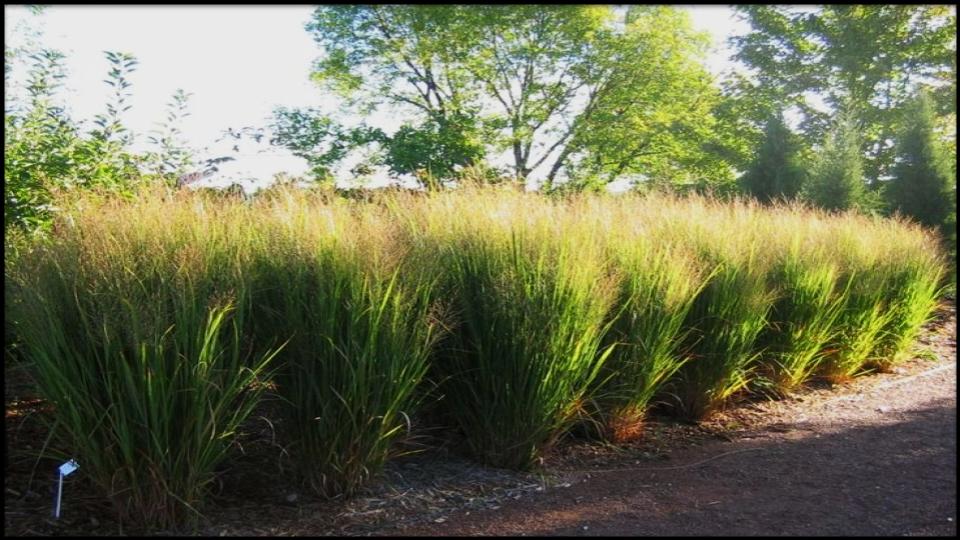
Baptisia australis (False Indigo):
A gorgeous native perennial with deep blue flower spikes, Baptisia develops a very deep taproot that makes it drought-tolerant and an excellent soil stabilizer. Once it’s established, it’s there for good!
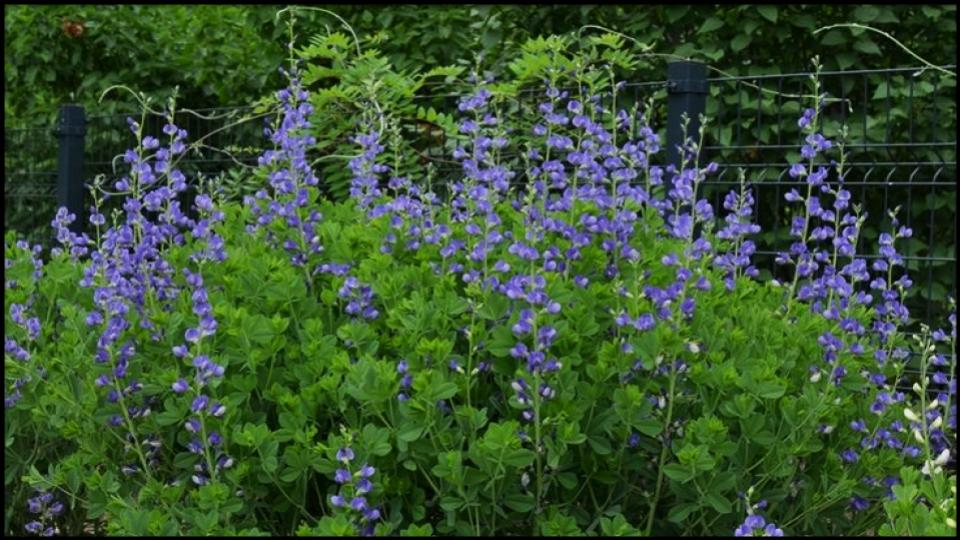
Echinacea purpurea (Purple Coneflower):
Beloved by pollinators and gardeners alike, Coneflower’s deep, fibrous root system is fantastic for soil health. As a Master Gardener, I always recommend this plant for its dual beauty and ecological benefits.
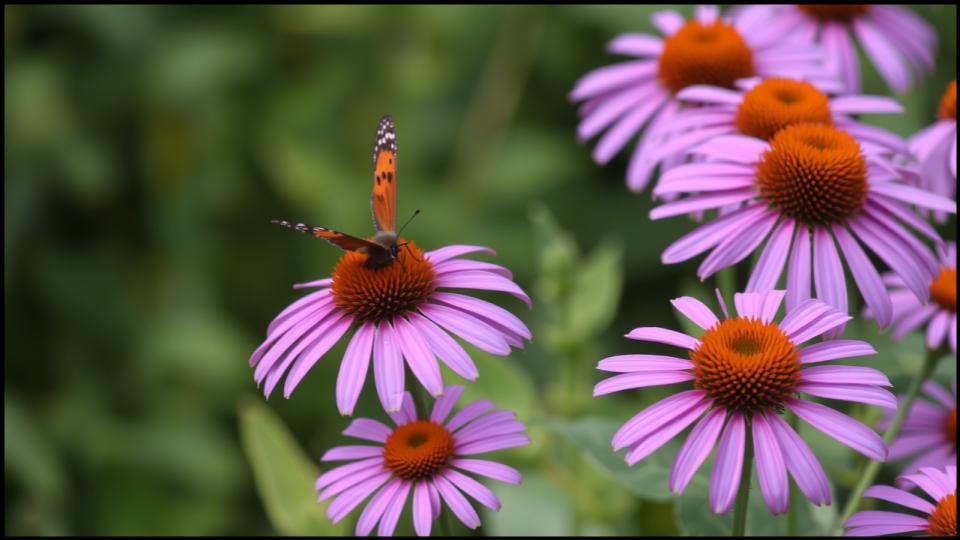
Rudbeckia hirta (Black-Eyed Susan):
This cheerful, classic perennial has a fibrous root system that spreads through the topsoil, creating a natural mesh that holds earth in place during heavy rains, as noted by horticultural experts.

Hemerocallis species (Daylily):
Tough, adaptable, and beautiful, the dense, tuberous roots of daylilies form a solid mass that is exceptionally effective at holding soil on a slope.
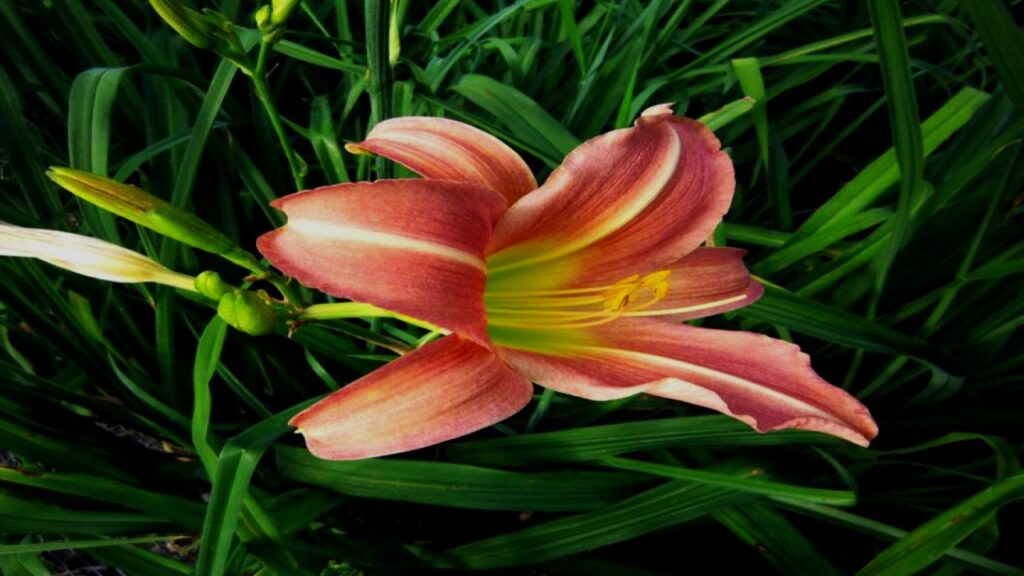
Comarum palustre (Comfrey):
Known in permaculture circles as a “dynamic accumulator,” comfrey has a deep taproot that “mines” nutrients from deep in the subsoil, bringing them closer to the surface.

The Generous Givers: Nitrogen-Fixing Plants
Some plants have a remarkable ability to partner with soil bacteria to pull nitrogen from the atmosphere and “fix” it into a form that other plants can use. Planting these enriches your garden naturally.
Trifolium repens (White Clover):
Often dismissed as a lawn weed, clover is a soil-saving superstar. It forms a dense, low-growing mat and is excellent mixed into a lawn or grown between vegetable rows to nourish the soil.
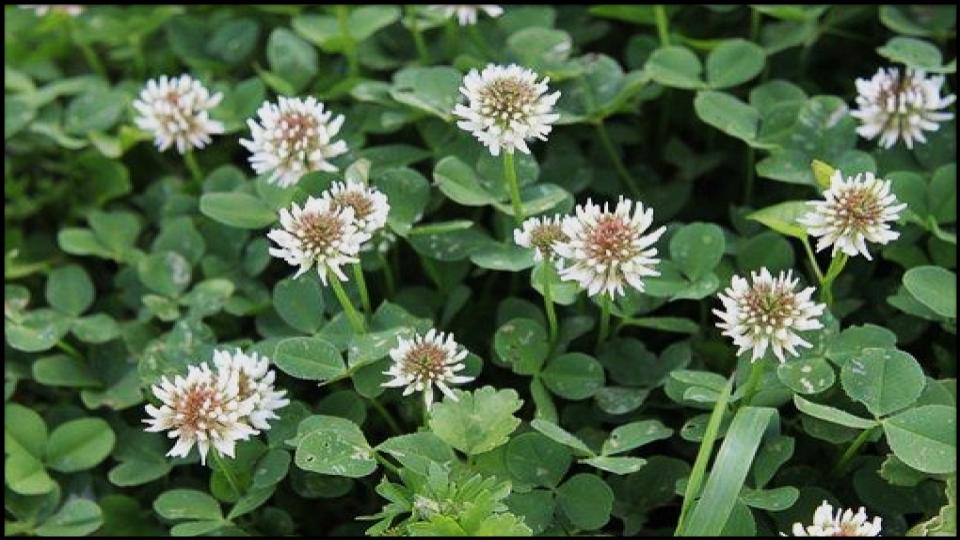
Lupinus species (Lupine):
These stunning flowers are members of the legume family. Their ability to fix nitrogen makes them a perfect choice for beautifying and improving less-fertile areas of the garden.
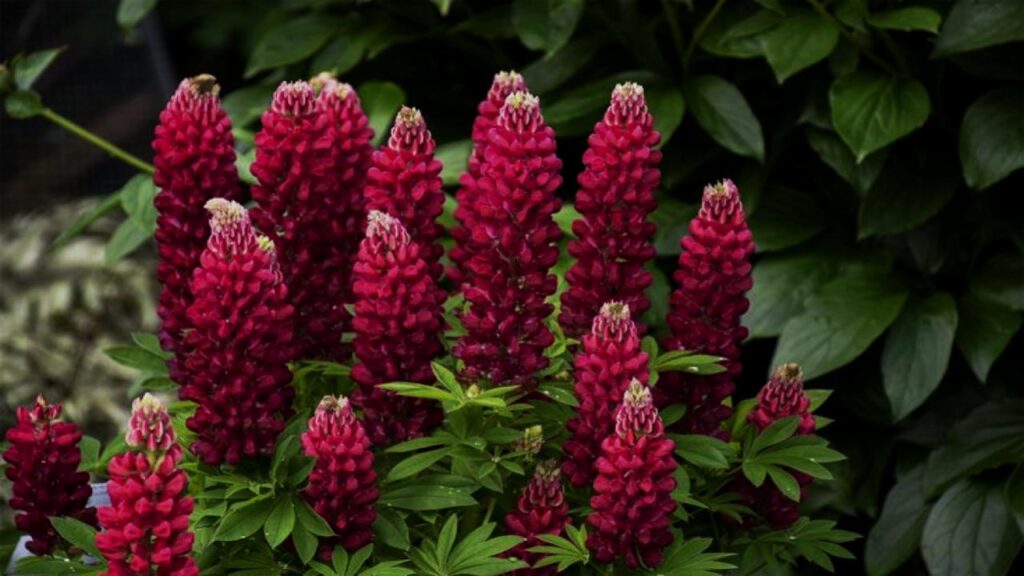
Baptisia australis (False Indigo):
Yes, it’s on the list twice! In addition to its deep roots, as a legume, it also excels at fixing nitrogen, making it a true double-duty plant.
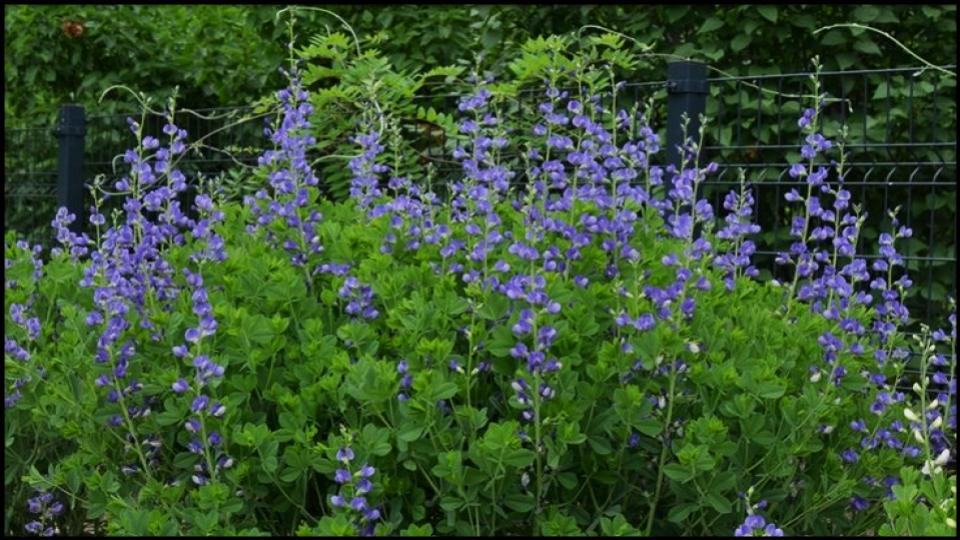
Lathyrus odoratus (Sweet Pea):
While climbing your trellis, these fragrant annuals are also quietly improving the soil below, a wonderful benefit for your vegetable garden rotation.
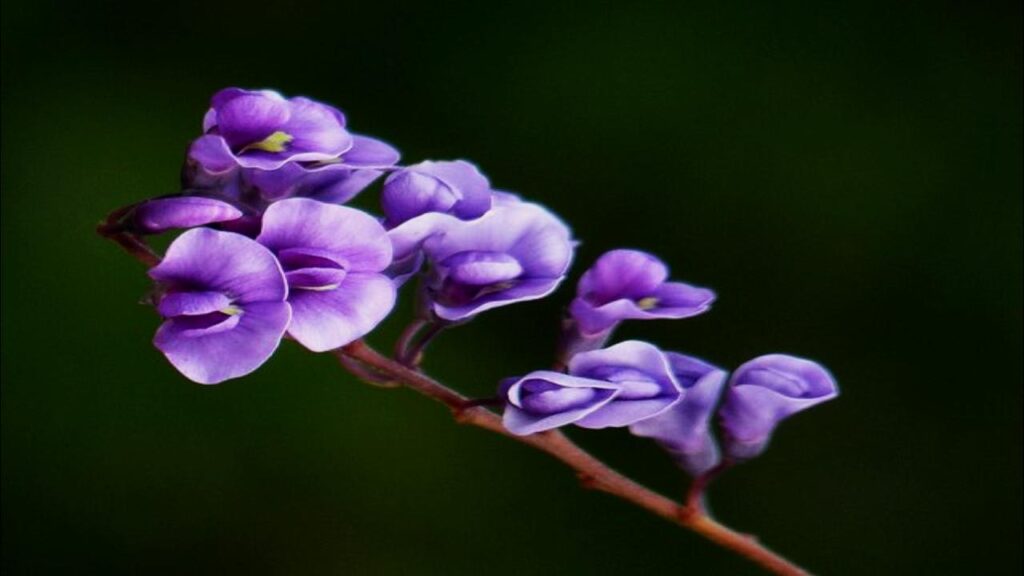
Vicia faba (Fava Beans):
Often planted as a food crop, Fava Beans are one of the most effective nitrogen-fixers you can grow.
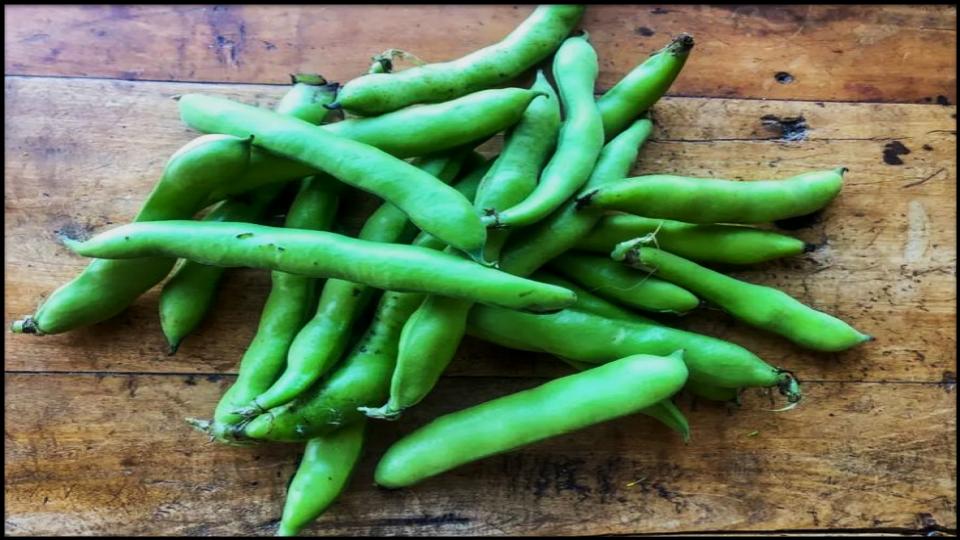
Seasonal Guardians: Cover Crops for the Vegetable Patch
A common mistake I see gardeners make is leaving their vegetable beds bare over winter. This exposes the soil to months of erosion. A “cover crop” or “green manure” is the professional solution.
Secale cereale (Winter Rye):
This is my go-to cover crop for protecting soil over the winter. Its dense root system scavenges for any leftover nutrients and holds the soil firmly in place until spring.
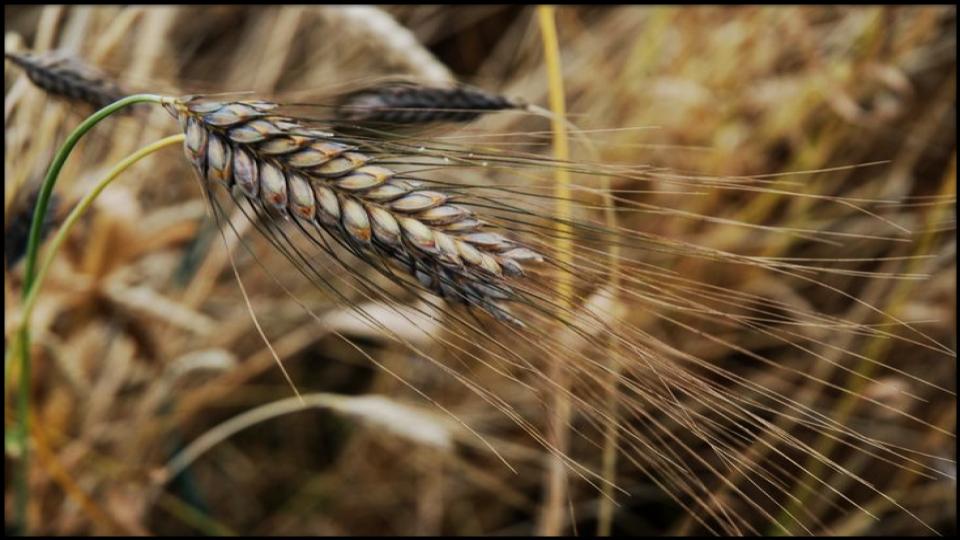
Vicia villosa (Hairy Vetch):
A vigorous legume that not only protects winter soil but also fixes a significant amount of nitrogen, giving your spring crops a powerful head start. It’s often planted in a mix with Winter Rye.
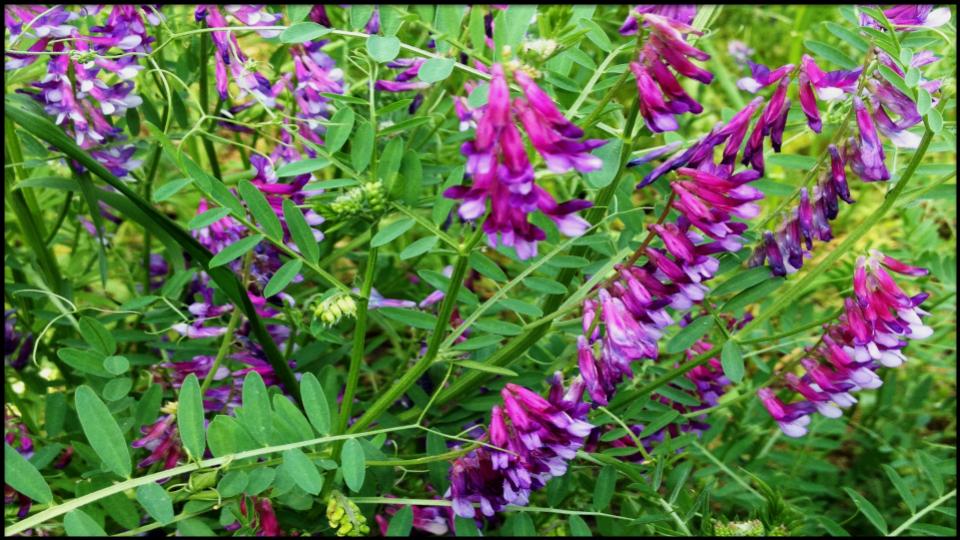
Avena sativa (Oats):
A fast-growing cover crop that is great for autumn planting. It reliably winter-kills in colder climates, making it easy to incorporate into the soil in spring.
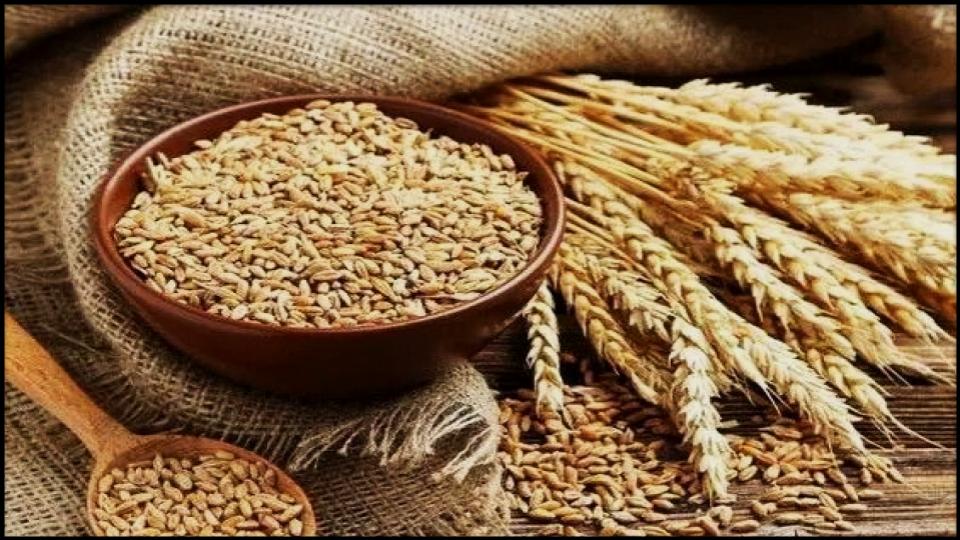
Fagopyrum esculentum (Buckwheat):
In the summer, if you have a patch of garden that will be empty for a month or more, sow buckwheat. It grows incredibly fast, suppresses weeds, and attracts beneficial insects.
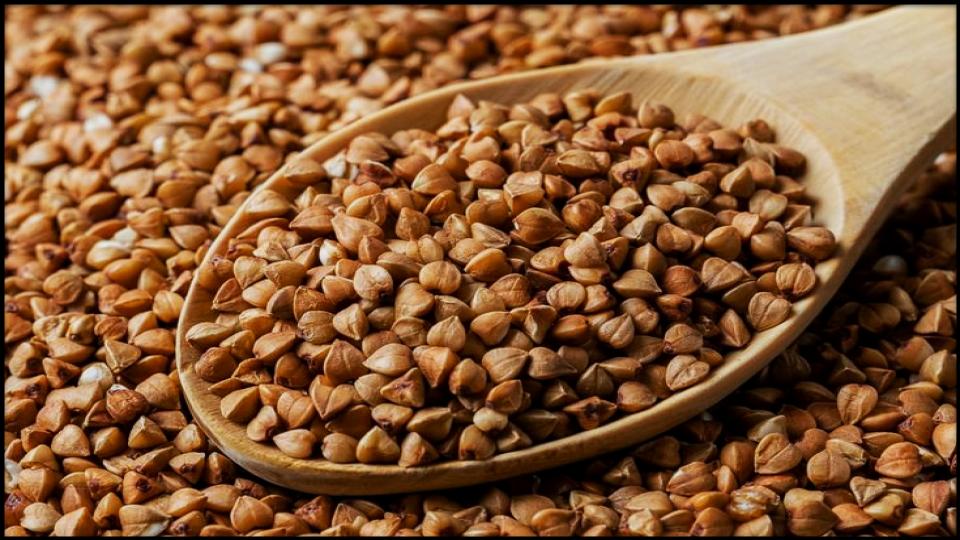
A Garden Built to Last
By thoughtfully incorporating these soil-saving plants into your landscape, you are doing so much more than just planting a garden—you are cultivating a healthy, stable, and self-sustaining ecosystem. You’re transforming slopes from problems into opportunities for beauty, turning bare patches into lush carpets, and enriching your soil with every season.
Now you are ready to look at your garden with new eyes, seeing not just the beauty above, but the hardworking life below. Choose a few of these guardians to start with, and watch as your garden becomes more vibrant, resilient, and beautiful from the ground up.
Read More
9 Drought-Proof Trees So Tough, They Practically Water Themselves
